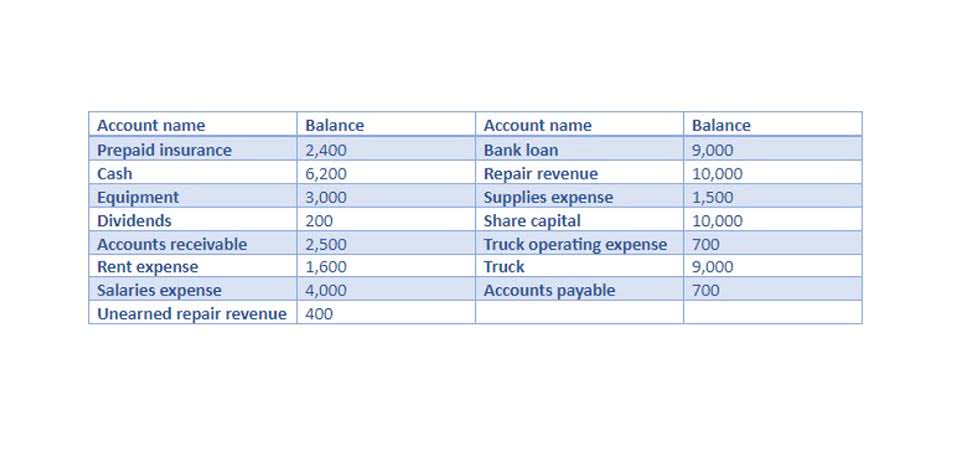
When incremental costs contribute to the rise in product cost per unit, the company may decide to raise the product’s price. Incremental revenue is compared to baseline revenue to determine a company’s return on investment. The two calculations for incremental revenue and incremental cost are thus essential to determine the company’s profitability when production output is expanded. The calculation of incremental cost needs to be automated at every level of production to make decision-making more efficient. There is a need to prepare a spreadsheet that tracks costs and production output.
Base-case analysis

A high composite cost of capital indicates that a company has high borrowing costs; a low composite cost of capital signifies low borrowing costs. However, the $50 of allocated fixed overhead costs are a sunk cost and are already spent. The company has excess capacity https://www.bookstime.com/ and should only consider the relevant costs. Therefore, the cost to produce the special order is $200 per item ($125 + $50 + $25). Incremental analysis models include only relevant costs, and typically these costs are broken into variable costs and fixed costs.
How to Calculate Direct Labor Accounting
Because the sunk costs are present regardless of any opportunity or related decision, they are not included in incremental analysis. Understanding incremental costs becomes critical for businesses looking to increase their productivity and overall profitability. Incremental costs are relevant in making short-term decisions or choosing between two alternatives, such as whether to accept a special order. If a reduced price is established for a special order, then it’s critical that the revenue received from the special order at least covers the incremental costs. This article calculates the cumulative life cycle cost, QALY, incremental QALY, incremental cost, ICER, mortality rate, and NMB of the Talazoparib and Standard Therapy groups, respectively. The proportion of SD (0%), RE (62.1%), PD (8%), and DE (37.1%) of breast cancer patients in the talazoparib group was calculated by the Markov model (Fig. 2A).
How to reduce marginal cost?
It becomes necessary to figure out the incremental cost when considering adding an extra 10 units. This nuanced understanding and its relationship to both variable and fixed costs is critical for making effective decisions in the dynamic realm of production expansion and pricing strategies. This paper conducts a corresponding cost–benefit analysis for Chinese and Americans to determine the economic benefits of Talazoparib for patients with advanced breast cancer in both countries. During the Talazoparib and Standard Therapy subgroup analysis, median FPS (8.6 months and 5.6 months), median OS (24.3 months and 6.3 months), and DOR (5.4 months and 3.1 months) were obtained. To calculate incremental cost, begin by reviewing the existing production cost records.

In addition, the business is able to negotiate lower material costs with suppliers at higher volumes, which makes variable costs lower over time. Businesses may experience lower costs of producing more goods if they have what are known as economies of scale. For a business with economies of scale, producing each additional unit becomes cheaper and the company is incentivized to reach the point where marginal revenue equals marginal cost.
- Finally, this article uses NMB analysis to better analyze the situation of negative ICER.
- If you increase your output to 15,000 shirts at a total cost of $120,000, your incremental cost will be $20,000.
- In this case, the incremental cost of $10 is the relevant cost for comparison.
- Figure out fixed costs then set variables costs according to different levels of production.
- Imagine a company that has reached its maximum limit of production volume.
- A positive incremental cash flow is a good indication that an organization should invest in a project.
- Long run incremental costs (LRIC) usually impact the price of a good or service as well.
- In addition, the business is able to negotiate lower material costs with suppliers at higher volumes, which makes variable costs lower over time.
- The long-run incremental cost for lithium, nickel, cobalt, and graphite as critical raw materials for making electric vehicles are a good example.
- Alternatively, once incremental costs exceed incremental revenue for a unit, the company takes a loss for each item produced.
In probability sensitivity analysis, this article randomly conducted 1000 Monte Carlo simulations on each parameter within the determined range of change and obtained scatter plots of Talazoparib in China and the US. The horizontal axis represents the incremental utility value, the vertical axis represents the incremental cost incremental cost, and the diagonal line represents the threshold of WTP. The scattered points in the US are all below the WTP threshold line, far below the national willingness to pay value. The vast majority of scattered points in China are below the WTP threshold, below the national willingness to pay value.
What is the cost of incremental sales
- The purpose of analyzing marginal cost is to determine at what point an organization can achieve economies of scale, which refers to the reduced costs per unit that arise from an increased total output of a product.
- Composite cost of capital may also be known as weighted average cost of capital.
- Marginal cost is the change in total cost as a result of producing one additional unit of output.
- The scattered points in the US are all below the WTP threshold line, far below the national willingness to pay value.
- Keith has been working in technology organizations for the past 15 years and is currently the Chief Revenue Officer for PandaDoc.
- Let us assume that it costs 950 for producing two items simultaneously.

